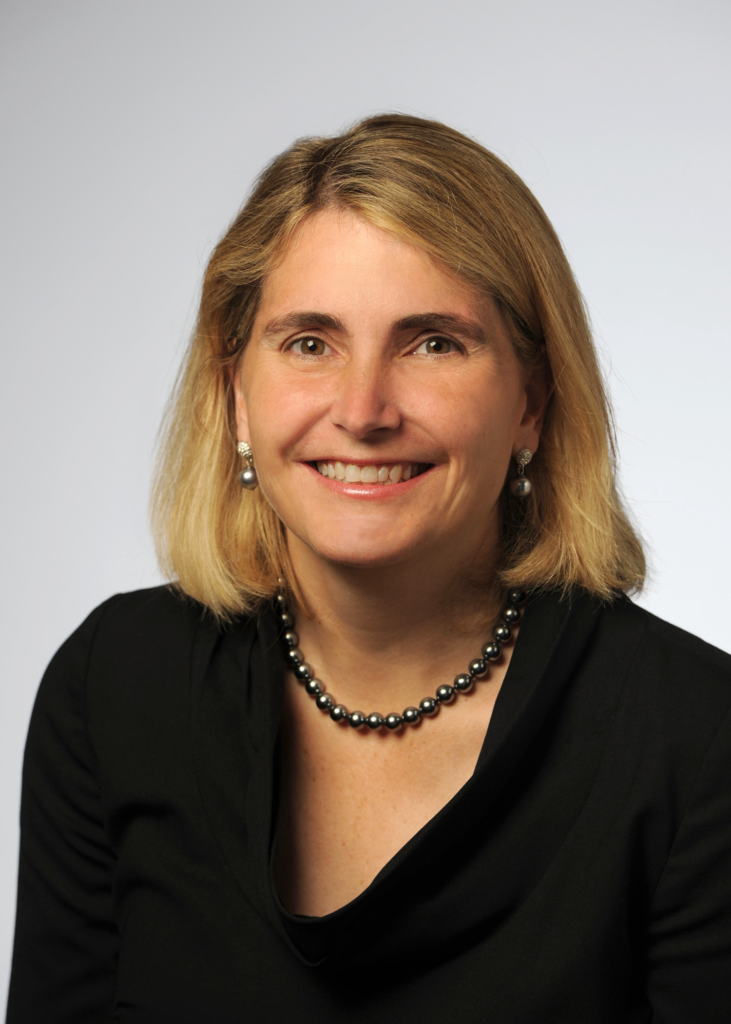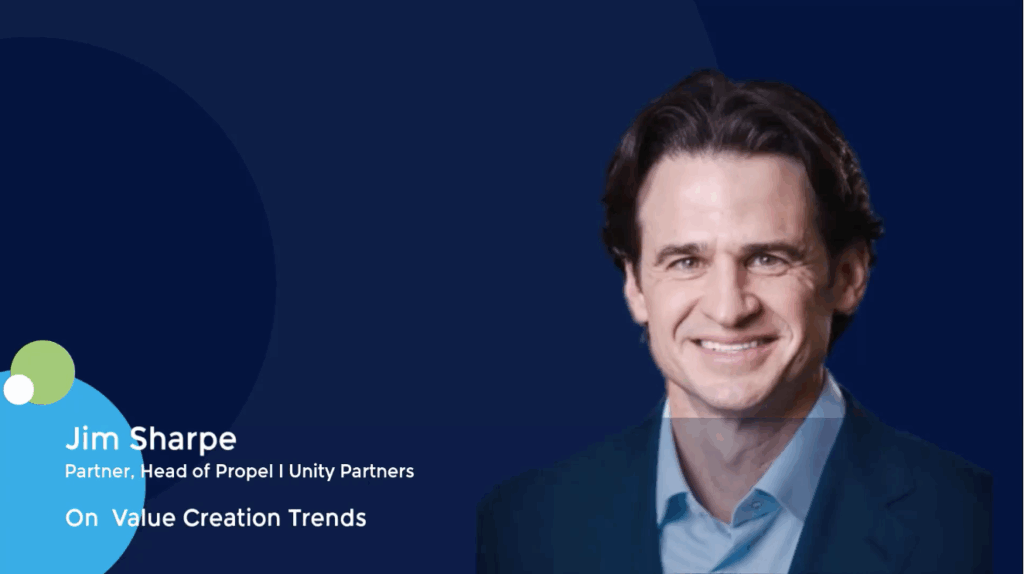GP Profile: CF Private Equity around 50% deployed on fourth secondaries fund with US, European buyout focus
- LP stakes-focused fund backs portfolio deals from USD 100,000-USD 100m
- Executes less than 10% of the deals it sees amid significant market opportunities
- Opportunistically takes part in syndicated GP-leds for single and multi-assets including Aquiline’s USD 1.1bn continuation fund
Private markets investor CF Private Equity has deployed around half of the capital raised for its fourth secondaries fund, with a strong current focus on US and European buyout opportunities, Cari Lodge, managing director and head of secondaries, told Mergermarket.
The Wilton, Connecticut-based affiliate of asset management firm Commonfund closed its latest secondaries fund in April, with a total of USD 1.2bn raised against a target of USD 750m, including USD 1.1bn for its flagship and a USD 110m overage fund, which will co-invest alongside its main fund where there is excess capacity.
“Typically, we invest our funds over a three-year period,” said Lodge. “That would put us about half invested currently.”
Lodge is a 24-year veteran of the secondaries industry who started her career in the field in 2000 at Credit Suisse. She joined Commonfund in 2013 to launch its secondaries program, alongside colleagues Steve Talbot, Hong Pan and George Wu, who were all promoted to Managing Director this year.

Cari Lodge, managing director and head of secondaries at CF Private Equity
Since inception, CF Private Equity’s secondaries arm has completed more than 370 transactions, and, as of April, had approximately USD 3bn in AUM, according to a press release.
Its limited partners (LPs) range from family offices, to endowments and foundations, insurance companies, healthcare companies and public pensions, said Lodge.
“Our fund is a highly diversified portfolio with the idea of having a reverse J-curve and a higher IRR right out of the gate,” she said.
CF Private Equity’s secondaries team will grow this year from 10 to 15 team members, all based in Commonfund’s Connecticut headquarters.
Opportunistic approach
CF Private Equity’s secondaries strategy focuses on investing in smaller transactions, which range from USD 100,000 to portfolios of USD 100m at the higher end, according to Lodge.
“It’s an LP-focused fund, so we’re doing a lot of LP transactions, but we’re opportunistic,” she said. “We’ve done a lot of tail-end fund wind-downs, GP-led transactions, and we’ve done single fund interests. We pride ourselves on being able to move across the secondary market and create a nice portfolio for our LPs.”
The fund is seeing plenty of opportunities in the LP-led market, in an environment where investors are “craving liquidity” amid the M&A and IPO downturn of the last two years. According to Mergermarket data, last year was the worst for sponsor exits in the US since 2013, with just USD 169bn of disclosed deal volume.
“I think that a lot of LPs are heavily invested in private equity, and they want to continue to invest in private equity,” said Lodge. “So, you’re seeing them sell with a barbell approach of newer vintages to capture better pricing, or older vintages to clean up their portfolios.”
Across both LP-led and GP-led investments, the fund is currently “heavily focused” on opportunities within US and Europe buyout funds, where it sees the best risk/return profile. US buyouts will always be the largest component of the fund, given the size of the market, she added.
Among other pockets of opportunity, a small component of the fund is deployed in venture capital (VC), but CF Private Equity takes a tactical approach around specific VC-backed companies, seeking lower risk and shorter exit horizons than a typical venture investment.
In June 2020, the firm participated in Idinvest Growth Secondary SLP, a vehicle led by Pantheon and Eurazeo, with a five-year lifespan, to acquire a portfolio of 12 growth companies from Paris-based Idinvest’s portfolio, according to Mergermarket data.
The fund’s average hold period for a secondaries transaction is three to five years and its diversified strategy means it is able to recycle capital quickly. “We’re continuously getting cash back from our investments and our hope is to get capital back to our investors in a shorter duration,” said Lodge.
CF Private Equity sources its deals from secondaries brokers, outreach from GPs, and from direct contact with LPs, according to Lodge, declining to name any transactions. “Our funnel is quite large, and we try to see as much of the market as we can,” she said.
Continuation fund “win-win”
Given its diversified investment strategy, CF Private Equity most typically participates in continuation funds as part of a syndicate, though it does have the capacity to be a lead investor for the right opportunity.
“I think continuation funds are a win-win for the GPs, the LPs, the sellers, and the buyers,” said Lodge.
As reported by Mergermarket, GP appetite for continuation funds continues to rise, and is unlikely to diminish even as the M&A market picks up from its recent trough, as more sponsors turn to the secondaries market as a liquidity option.
CF Private Equity invests in both single asset and multi-asset transactions. “We think the GP-led single asset market is attractive,” said Lodge, highlighting the shorter duration holding period of these funds, the fact that the assets involved are a known quantity with strong performance, and the GP knows the management of the company.
The firm also backs multi-asset deals, said Lodge, citing the example of a group of three companies in an area where a GP specialises, such as insurance or software.
CF Private Equity was one of the investors in financial services-focused GP Aquiline Capital Partners’ USD 1.1bn continuation fund, announced last week, which will acquire a portfolio of select, unnamed companies in its second and third flagship funds. HarbourVest was the sole lead investor in the continuation fund, with other investors including StepStone Group [NASDAQ:STEP] and Ares Management [NYSE:ARES], as well re-investment from existing LPs in the two funds.
Capitalization challenge
CF Private Equity raised nearly double the amount for its fourth vehicle versus its predecessor, which closed on USD 675m in 2021.
The fund could have raised even more, however. “We ran up against a timeline and shut the fundraising down but could have raised more capital,” Lodge told Mergermarket’s Private Equity Forum in New York in April.
In spite of the popularity of secondaries strategies, the market remains under-capitalized, with insufficient dry powder, people and resources to support transactions, according to Lodge. “This should be a USD 250bn or even a USD 500bn market, and the currency just isn’t there to get us there,” she said.
The surge in demand from GPs looking to the secondaries market for liquidity is facing a significant supply/demand imbalance, as reported. Lodge emphasized that the challenge is even more acute in the LP-led market, where there are “bigger barriers to entry” to raising a fund.
The abundance of transaction supply versus limited available capital means CF Private Equity invests less than 10% of the deals it sees. “We complete a large number that we find in our wheelhouse, but there’s no lack of secondary deal flow supply at the moment,” she said.
Commonfund traces its origins back to the late 1960s and the challenges faced by college endowments at that time to generate sufficient investment returns. The Ford Foundation commissioned a study into the matter, which was followed by a USD 2.8m grant to found the Common Fund for Nonprofit Organizations. Commonfund was officially established in 1971, as an asset management firm focused on non-profit organizations, and today has USD 27bn in AUM.
Its private equity arm was established in 1988 and has managed USD 23bn in committed capital since then. CF Private Equity made its first secondary investment as early as 1993, but it was not until 2015 that it closed its first dedicated secondaries fund, two years after Lodge and her team joined the firm.










